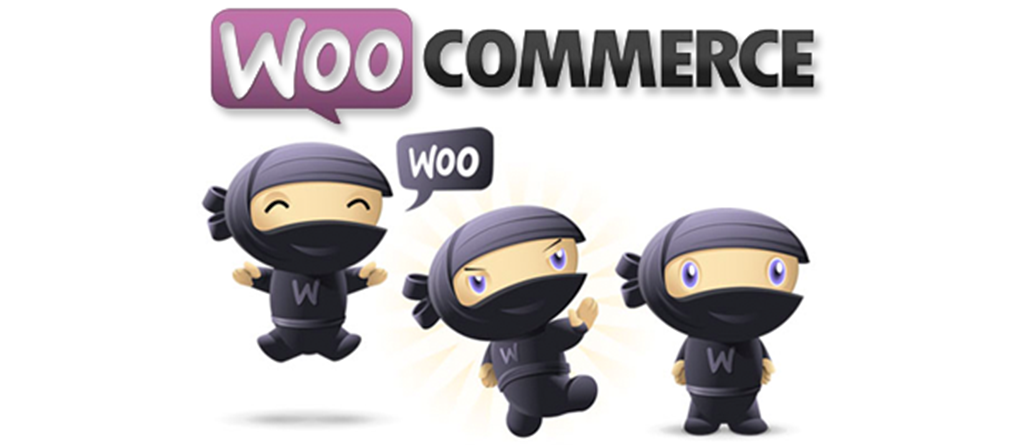04 May

WooCommerce has been one of the most impressively disruptive products within ecommerce – from launch in September 2011 to its current position of providing the shopping cart technology for more than 30% of ecommerce sites at over 1,000,000 web store users.
Until six months ago we had what we’ve subsequently found to be a fairly typical view of WooCommerce for those who aren’t already in the know. We assumed that the lack of significant cost for the core product along with the massive volume of sites using it meant that in all likelihood it was fine for start-ups and bedroom businesses but would possibly run out of steam once you really ramped up online sales.
We’d heard talk of some relatively low product limits at which point it might start to struggle. We anticipated that a business might start out with WooCommerce, progress to one of the hosted solutions like Shopify and Bigcommerce and then when they got much larger would likely move again to Magento or other top end solution that offered more bespoke customisation.
Well…. we thought, heard, assumed and presumed wrong.
We started to really pay attention after a chat with a partner in the US who does a lot of WooCommerce customisation work. Their experience was that customers had typically started out with a hosted solution and had moved to WooCommerce as the next step, either when the costs started to feel greater than the value that was being delivered, or when they were looking for customisations that couldn’t be performed within the Bigcommerce or Shopify boundaries. Most impressively, none of their customers have found limitations with WooCommerce that necessitated a move away from it. There were some serious sized businesses in their client list – it was a massive paradigm shift for us. After that conversation it became clear that we needed to have a closer look at WooCommerce to understand more.
We’re in the final stages of the development of our ChannelUnity WooCommerce integration. In the lead up to launch, we’ll be publishing a series of blog posts to give you the benefit of six months of WooCommerce research and to explain why we think that it’s perfectly set to continue breaking ecommerce boundaries in the months and years ahead.






